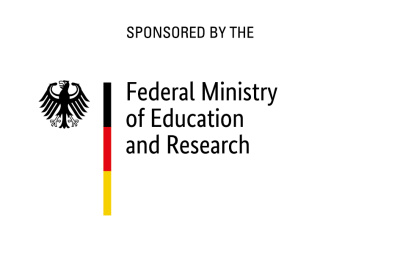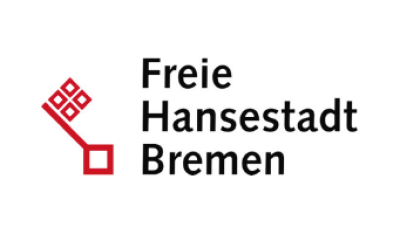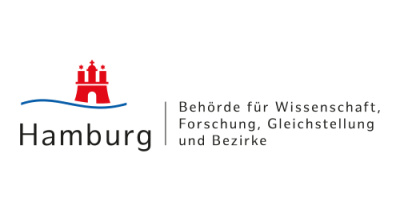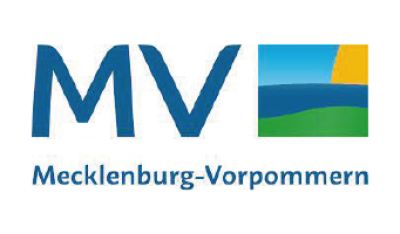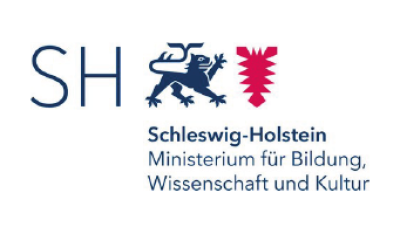Coastal Futures develops new model systems and follows a transdisciplinary approach. This will be achieved in collaborative work in nine Workpackages (WPs)
New model system
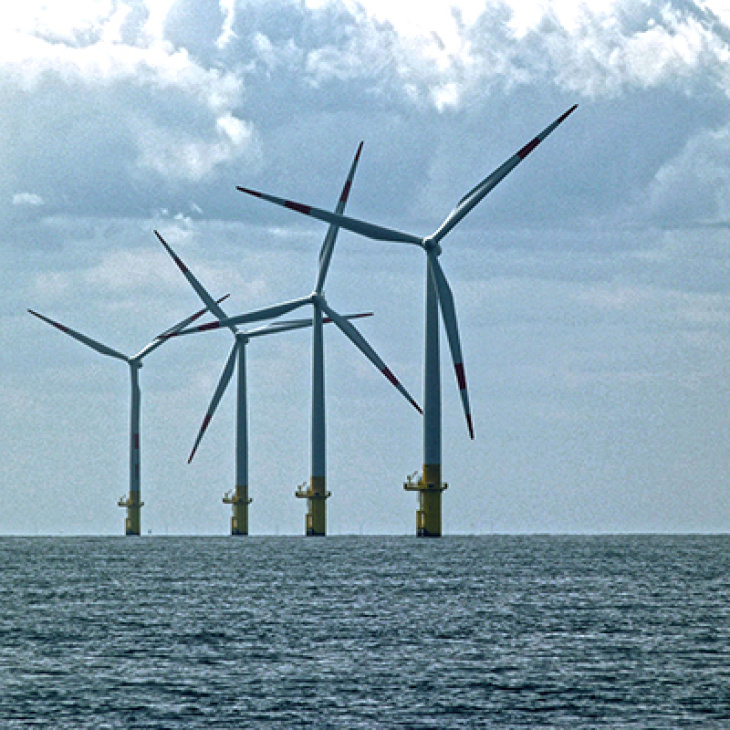
Foto: Frings/ Hereon
CoastalFutures is developing a novel cross-scale end-to-end (E2E) model system for the North and Baltic Seas and coastal areas. With this model system, the project creates a virtual environment (i) to study impacts of climate change and anthropogenic uses on ecosystems and (ii) to test different management measures. The project thus provides an innovative decision support tool for maritime system management and creates knowledge for action. CoastalFutures focuses on four management sectors: (i) offshore energy production, (ii) fisheries, (iii) coastal protection and sand management, and (iv) nutrient and pollutant inputs.
Scenario development
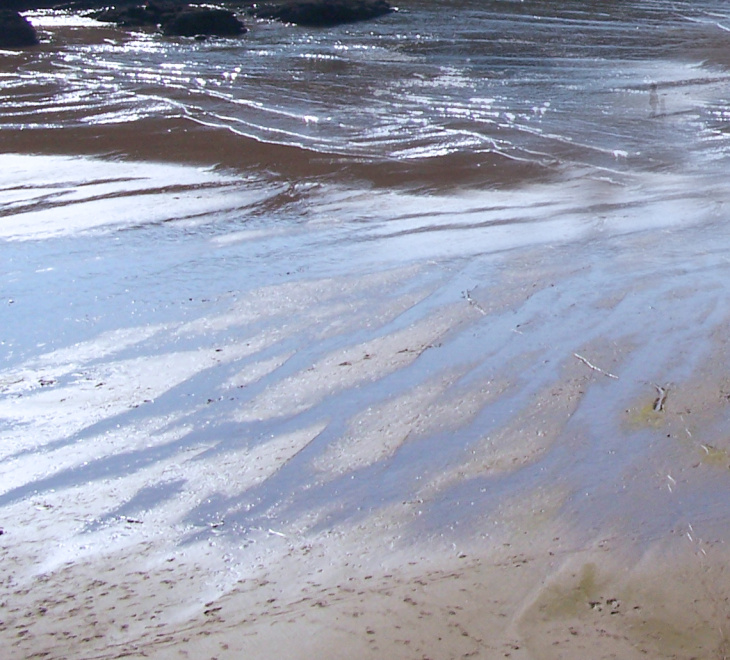
Foto: Hartmann/ Hereon
Model and scenario development, ecosystem use impact assessment, and socio-economic assessment will be conducted with partners from maritime management, industry stakeholders, and non-governmental organizations. In this context, scenario development requires regional and sectoral contextualization of scenario storylines and an in-depth understanding of social, political, and institutional contexts. This includes individual perceptions of problems, beliefs and attitudes of stakeholders from different sectors, and conflicts and trade-offs among them. Together with decision makers, effective protection and management options are then developed in a participatory approach and jointly evaluated with stakeholders.
Transdisciplinary approach
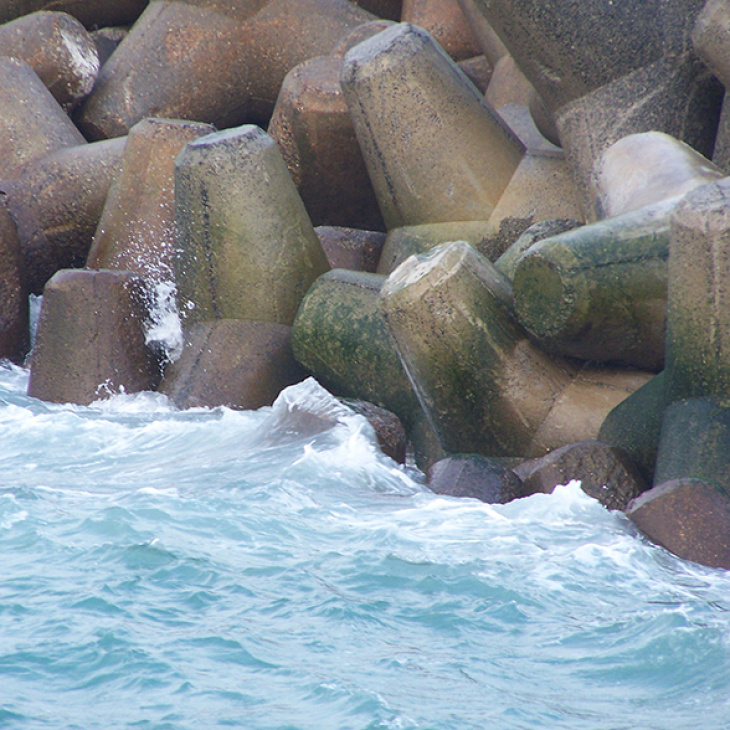
Foto: Hartmann/ Hereon
The project follows a modern three-pronged transdisciplinary approach:
First, we will identify baselines and priority needs for system understanding by discussing cause-effect chains together with stakeholders (co-design).
Second, we will develop sectoral and cross-sectoral scenario narratives with various stakeholders, which will be simulated and jointly evaluated using the E2E model system (co-production).
Finally, we will engage in dialogue with stakeholders about model-based scenario assessments, regulatory and policy risks, and new institutional and regulatory requirements and opportunities (co-evaluation).

